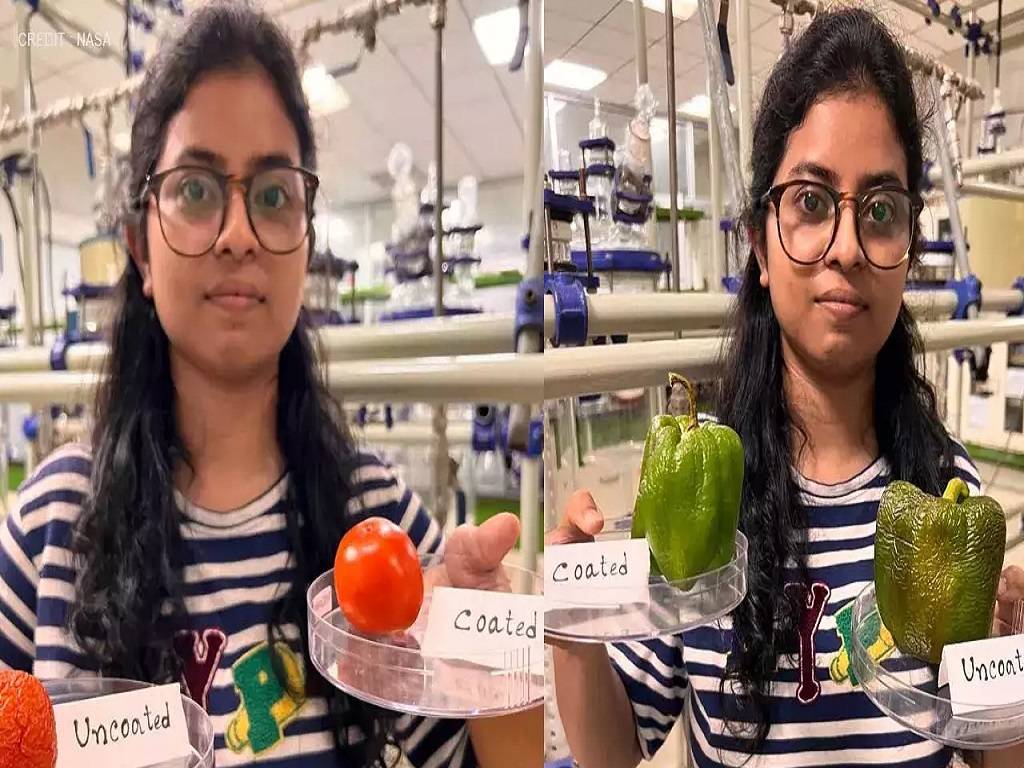
An edible covering or coating that can help increase the shelf life of fruits and vegetables by up to two months was developed recently by researchers at the Indian Institute of Technology, Guwahati (IITG).
The IIT-G reported on Monday that the coating material, which will reduce waste, was tested on a variety of fruits and vegetables, including apples, pineapples, kiwifruits, strawberries, green chilies, potatoes, tomatoes, and Khasi mandarins, and was found to keep the produce fresh for almost two months.
The Sustainable Development Goal (SDG) goal 12.3, which aims to reduce food losses along the production and supply chains, including post-harvest losses, was announced by the IIT Guwahati in the context of the project.
According to the Indian Council of Agricultural Research, inadequate storage conditions are a contributing factor in the 4.6% to 15.9% of fruits and vegetables that are wasted after harvest. In reality, post-harvest losses in some products, including tomatoes, potatoes, and onions, can reach 19%. As a result, this leads to high costs for this in-demand commodity, according to Vimal Katiyar, an IIT Guwahati professor of chemical engineering and a member of the research team.
Katiyar was part of the team together with Vaibhav V. Goud, another professor from the department of chemical engineering, and Kona Mondal, Tabli Ghosh, Mandavi Goswami, Shikha Sharma, and Sonu Kumar, five research scholars.
"To create protective, edible films for coating on vegetables and fruits, the scientists combined micro-algae extract with polysaccharides. In addition to having a variety of bioactive substances including carotenoids, proteins, and polysaccharides, the marine microalgae Dunaliella tertiolecta is well recognized for its antioxidant qualities," they said in a statement.
"Algal oil is produced from it and is utilized as a non-animal source of omega-3 fatty acid as well as a potential source of biofuel. The residue is often discarded once the oil has been extracted "they continued.
According to them, the study's findings have been published in major publications including the Royal Society of Chemistry Advances, Food Chemistry, IJBM, Food Packaging and Shelf Life, and American Chemical Society's Food Science and Technology.
The recently created coatings are distinct and can be mass-produced, according to Katiyar. They may be safely ingested as part of the product composition and do not impart unfavorable properties because they are highly stable to light, heat, and temperatures up to 40 degrees C. They prolong the shelf life of the fruit or vegetable by many weeks to months while preserving its texture, color, appearance, flavor, nutritional content, and microbiological safety.
















